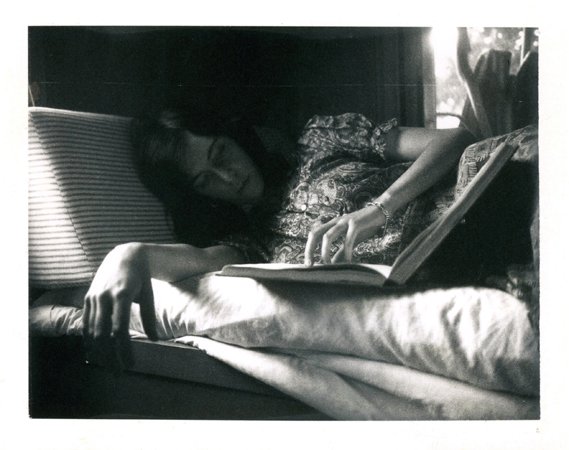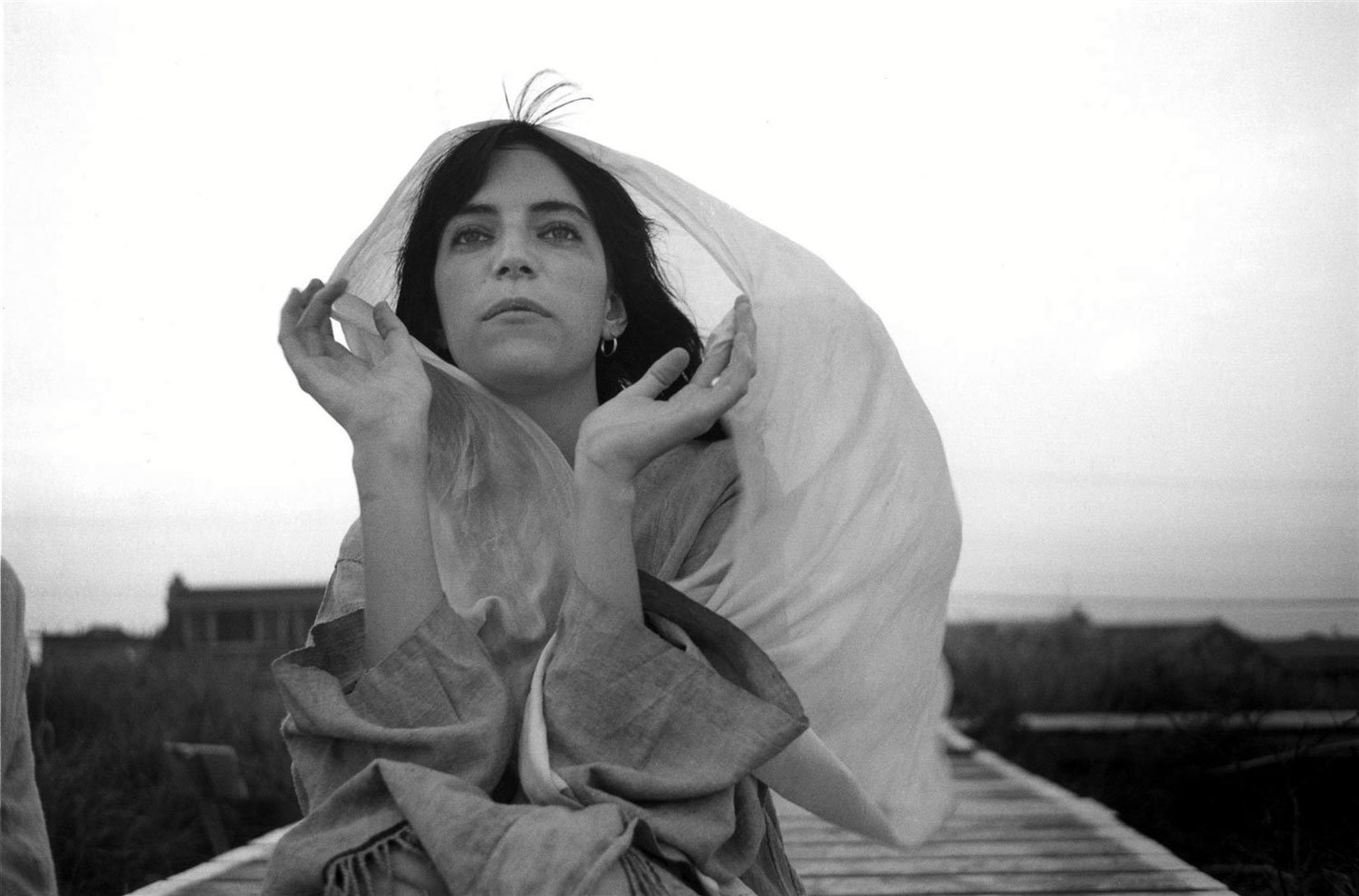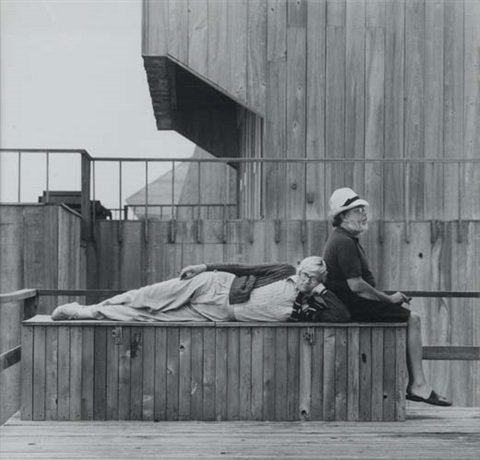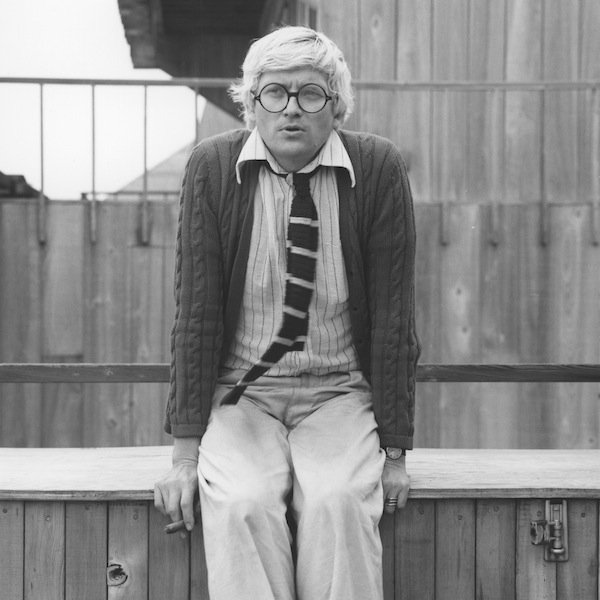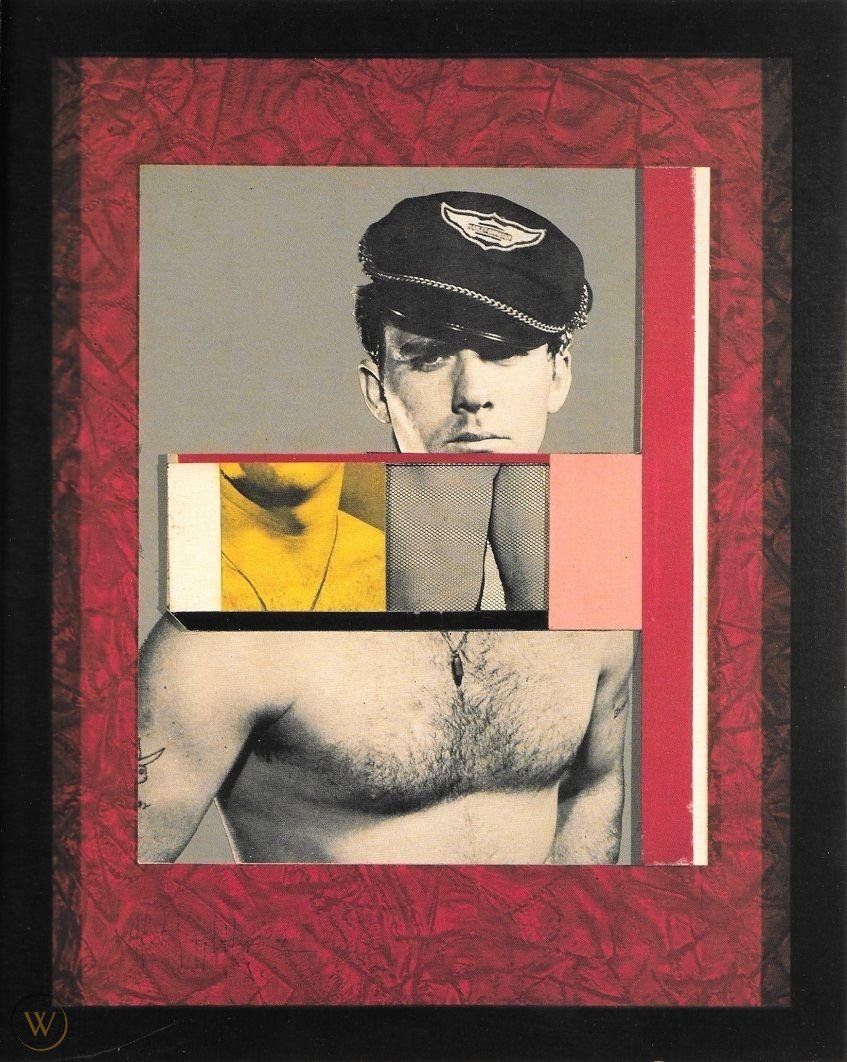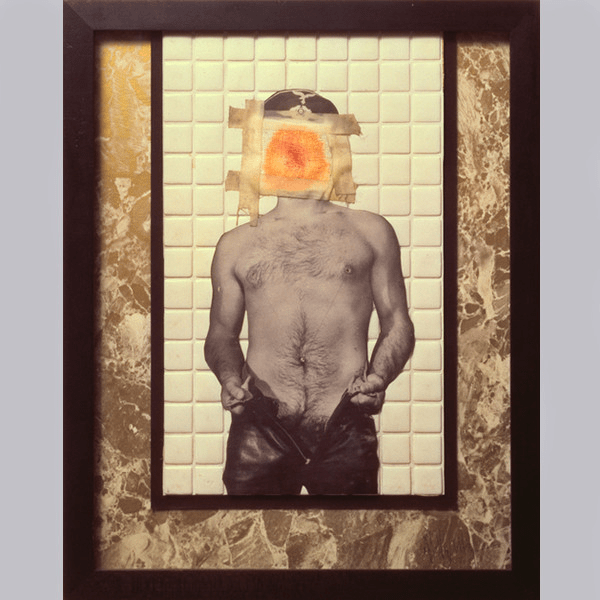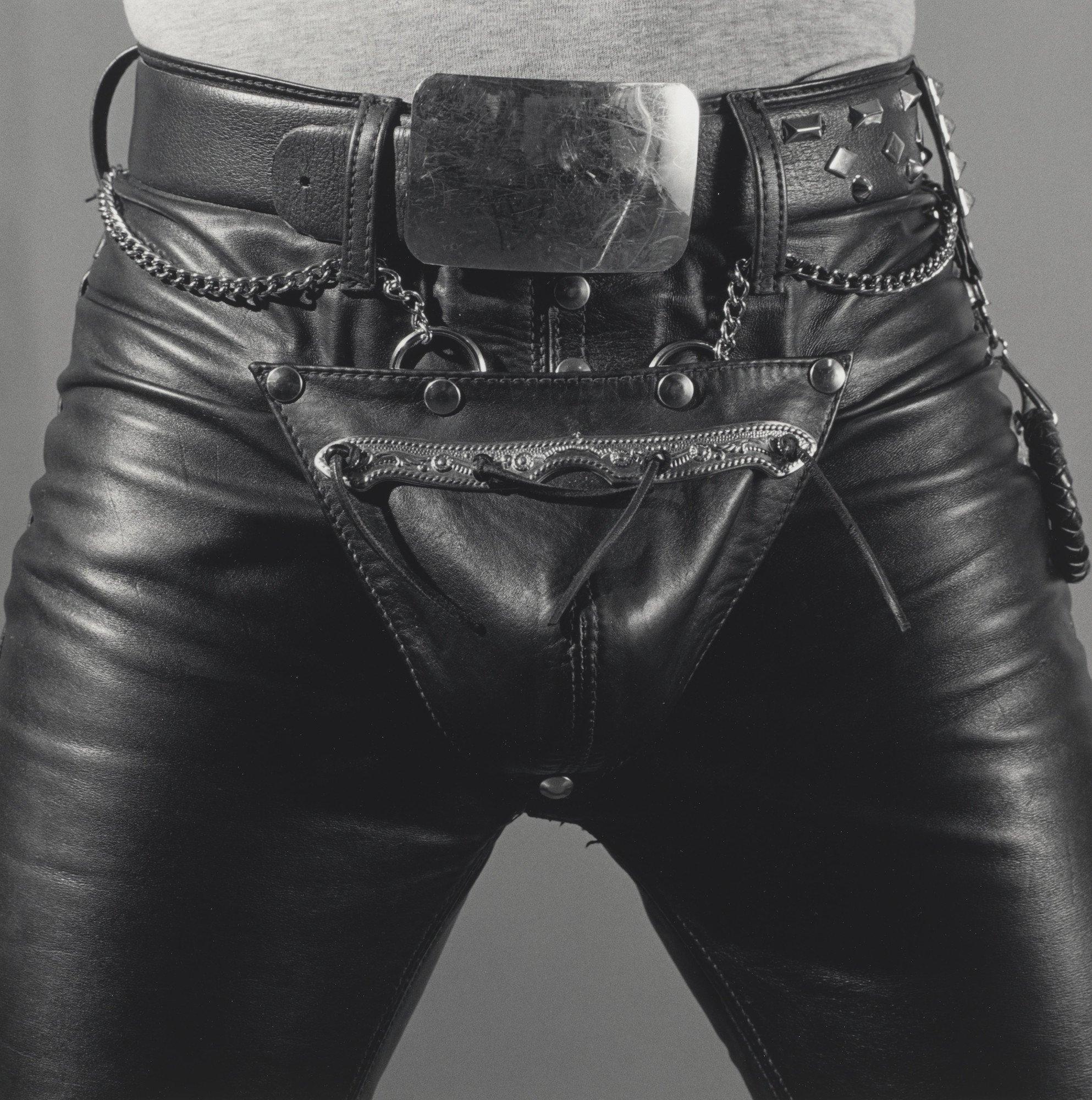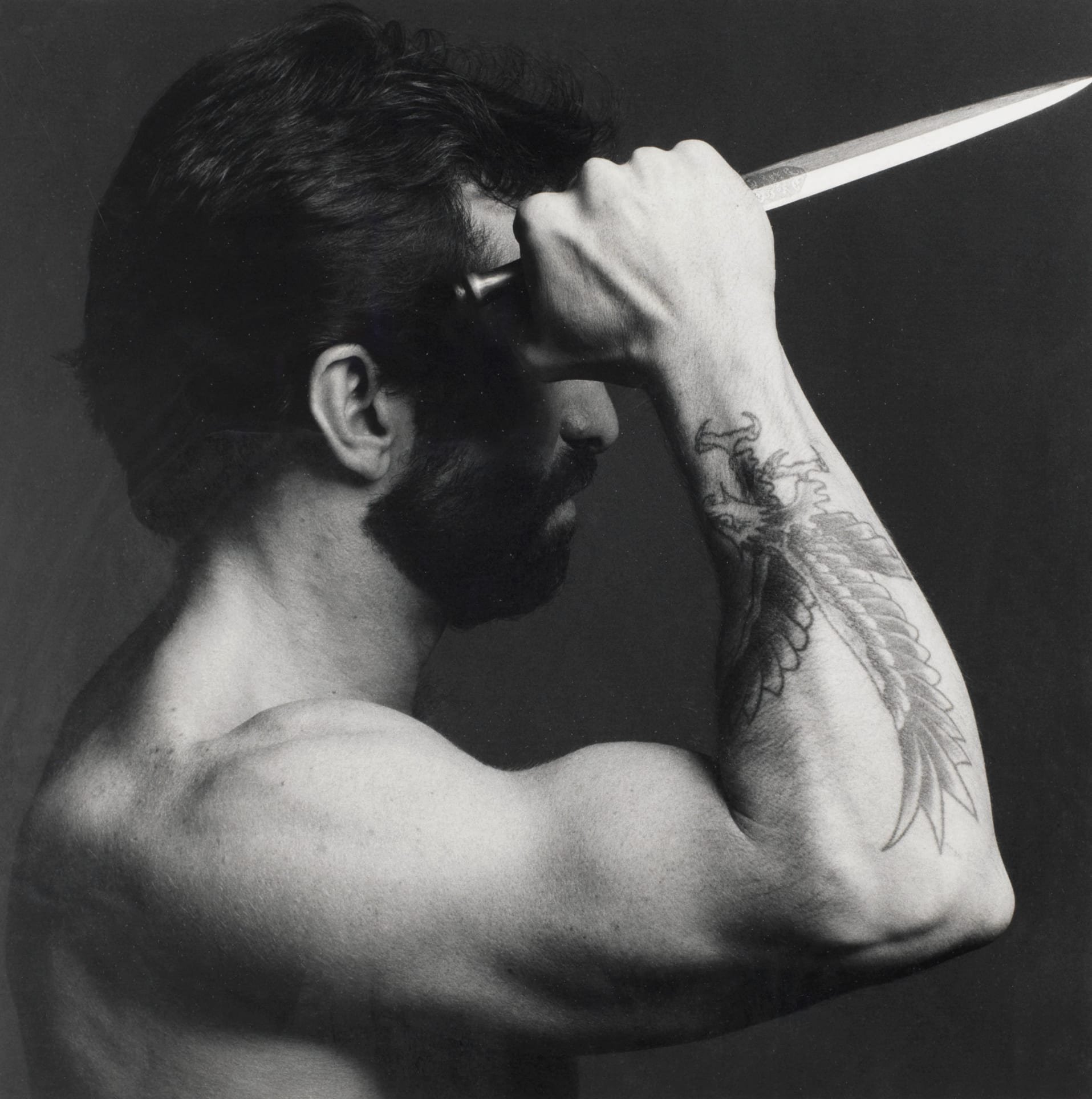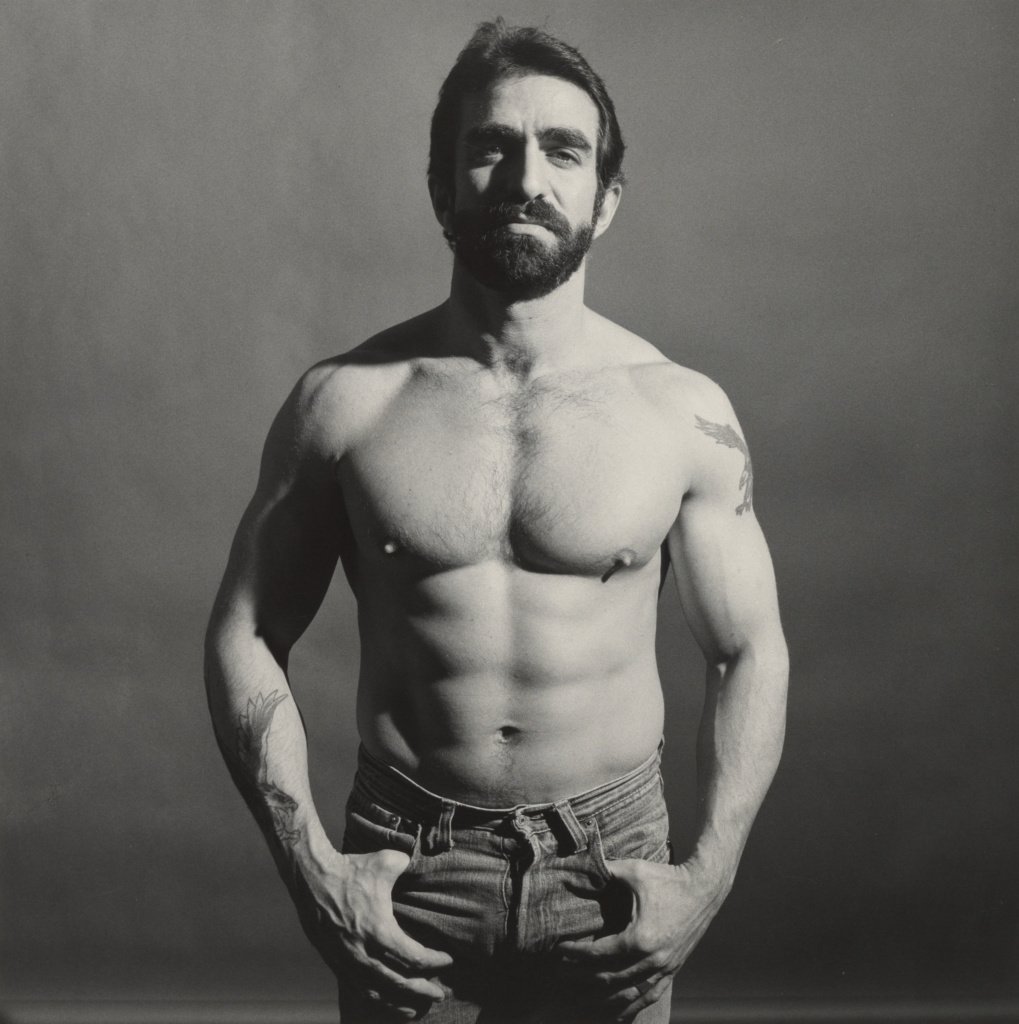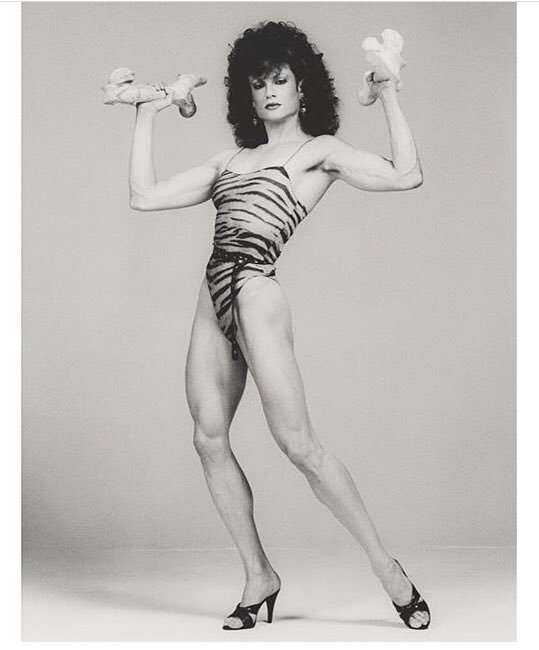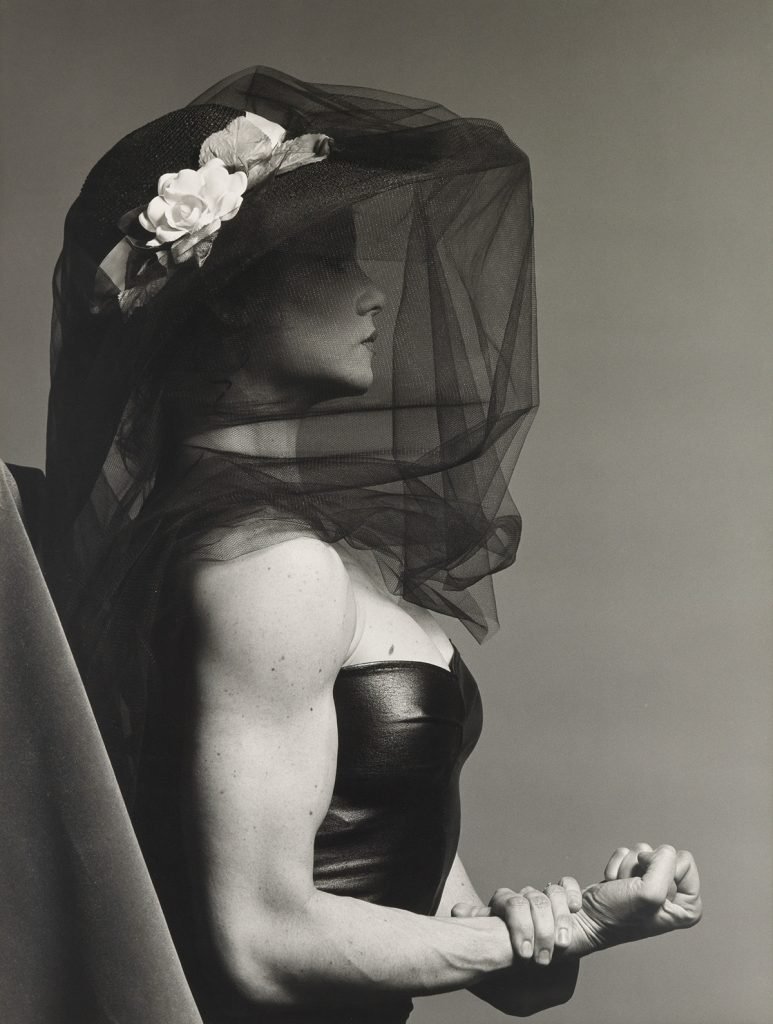Art History: Robert Mapplethorpe in the Pines
Robert Mapplethorpe first came to the Pines as many do: as the guest of a new lover with a summer share…
In the summer of 1972, Mapplethorpe met art curator, Sam Wagstaff, who would become his mentor, lover, patron, and lifetime companion.
Summers with Wagstaff on Fire Island would introduce Mapplethorpe to the network of famous people he always aspired to be around.
Sam Wagstaff, left, and Robert Mapplethorpe, in a 1974 Francesco Scavullo portrait.
Wagstaff was 50 and Mapplethorpe was half his age, a skinny, curly-haired, unknown artist who was making collages based on beefcake photographs. He was still living in the Chelsea Hotel with his ex-girlfriend, Patti Smith, a poet and aspiring musician who was working as a clerk at Scribner’s bookstore.
Patti Smith in Fire Island Pines by Robert Mapplethorpe, 1972.
Read more about their relationship in Patti Smith’s memoir Just Kids.
Scott Bromley by Robert Mapplethorpe, 1972
Poolside in Fire Island Pines by Robert Mapplethorpe, 1972
Mapplethorpe started out taking black-and-white photographs with just a Polaroid camera until the mid 70s until Wagstaff gifted him a Hasselblad medium-format camera and he began shooting his circle of friends and acquaintances—artists, musicians, socialites, pornographic film stars, and members of the S&M underground.
Artist David Hockney and curator Henry Geldzahler, 1976
Peter Berlin, 1977
“Robert was a starfucker, he was very interested in networking, knowing the right people, going to the right dinner parties. For him, he was very impressed when he saw that people were recognizing me – he wanted to be rich and famous, so he clicked on me” - Peter Berlin
Robert Mapplethorpe was born in 1946 in Floral Park, Queens. Of his childhood he said, “I come from suburban America. It was a very safe environment and it was a good place to come from in that it was a good place to leave.”
In 1963, Mapplethorpe enrolled at Pratt Institute in nearby Brooklyn, where he studied drawing, painting, and sculpture. Influenced by artists such as Joseph Cornell and Marcel Duchamp, he also experimented with various materials in mixed-media collages, including images cut from books and magazines. He acquired a Polaroid camera in 1970 and began producing his own photographs to incorporate into the collages, saying he felt “it was more honest.” That same year he and Patti Smith, whom he had met three years earlier, moved into the Chelsea Hotel.
Early collages
In the late 70’s, Mapplethorpe grew increasingly interested in documenting the New York S&M scene. The resulting photographs are shocking for their content and remarkable for their technical and formal mastery. Mapplethorpe told ARTnews in late 1988, “I don’t like that particular word ‘shocking.’ I’m looking for the unexpected.
“Brian Ridley and Lyle Heeter,” 1979; “Leather Crotch,” 1980
The photo on the right is in the collection of MoMA but will get blocked by Facebook censors if you try to post it to Instagram.
I’m looking for things I’ve never seen before ... I was in a position to take those pictures. I felt an obligation to do them.” Meanwhile his career continued to flourish.
One of Mapplethorpe’s muses was Frank Diaz, described as “the hottest Puerto Rican in New York” and by an observer as “the hot number we see dancing at Flamingo every Saturday night, the one with the black panther tattooed upon his huge, right biceps." [read more about Frank Diaz and his time on Fire Island]
The black and white portrait of Frank Diaz considered “the hottest Puerto Rican in New York,” eventually became a fixture of the 70’s gay disco scene.
“I want to see the devil in us all, that’s my real turn on.”
Invitation for the Saint’s Black Party, with Frank Diaz as the model.
Mapplethorpe met Lisa Lyon, the first World Women’s Bodybuilding Champion, in 1980. Over the next several years they collaborated on a series of portraits and figure studies, a film, and the book, Lady, Lisa Lyon. Throughout the 80s, Mapplethorpe produced a bevy of images that simultaneously challenge and adhere to classical aesthetic standards: stylized compositions of male and female nudes, delicate flower still life’s, and studio portraits of artists and celebrities, to name a few of his preferred genres.
Lisa Lyon, 1980-82
He introduced and refined different techniques and formats, including color 20′′ x 24′′ Polaroids, photogravures, platinum prints on paper and linen, Cibachrome and dye transfer color prints. In 1986, he designed sets for Lucinda Child’s dance performance, Portraits in Reflection, created a photogravure series for Arthur Rimbaud’s A Season in Hell, and was commissioned by curator Richard Marshall to take portraits of New York artists for the series and book, 50 New York Artists.
That same year, in 1986, he was diagnosed with AIDS. Despite his illness, he accelerated his creative efforts, broadened the scope of his photographic inquiry, and accepted increasingly challenging commissions. The Whitney Museum of American Art mounted his first major American museum retrospective in 1988, one year before his death in 1989.
His vast, provocative, and powerful body of work has established him as one of the most important artists of the twentieth century. Today Mapplethorpe is represented by galleries in North and South America and Europe and his work can be found in the collections of major museums around the world. Beyond the art historical and social significance of his work, his legacy lives on through the work of the Robert Mapplethorpe Foundation. He established the Foundation in 1988 to promote photography, support museums that exhibit photographic art, and to fund medical research in the fight against AIDS and HIV-related infection.





